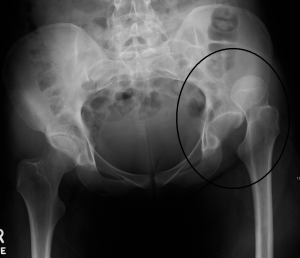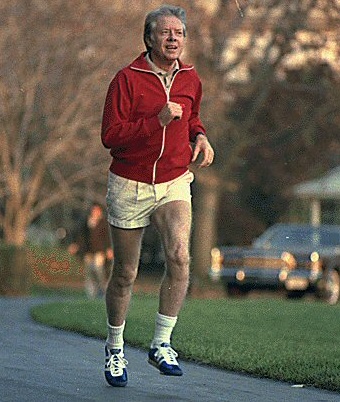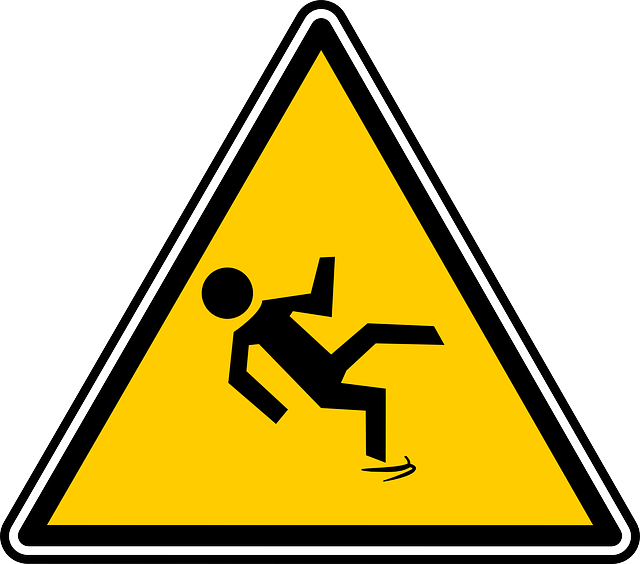Are there risks associated with returning to sports after total joint replacement? The short answer: Yes. Are these risks any different than people playing sports who don’t have any joint problems? The short answer: Maybe, but we don’t really know.
Why don’t we have a definitive answer about risks of sports after joint replacement?
For a long time, sports was not an option after surgery
Up until relatively recently, higher impact activities and sports were not recommended after joint replacement. The surgery was considered a salvage procedure for people had exhausted all other therapeutic options to manage their knee pain. In the past few decades this has changed and total joint replacement are coming one of the most common elective surgical procedures. As the prosthetics become more durable and long-lasting, younger and more athletic individuals are undergoing the procedure. These individuals bring a different set of expectations. No longer is the goal to return to walking or stair-climbing, but now individuals are demanding return to sports like skiing, jogging, singles tennis and softball. In the past week, we have had two subjects come through our lab who underwent hip replacement. One patient reported returning to Yoga and the other reported returning to Water Skiing soon after surgery. As with anything, the research is taking a while to catch up with clinical practice. Only now are we realizing that sports after total joint replacement is a topic worth pursuing.
What are the risks of sporting activity after joint replacement?
1. Dislocation

Dislocation is a risk for those with healthy joints, but the risk is even higher after joint replacement. With most hip and knee replacements, the supporting ligaments, tendons and joint capsule have been disrupted, stretched, or cut. Often times it is impossible to access the joint space without disrupting these surrounding soft tissues. Surgical approaches and surgical tools have improved, which has reduced the amount of soft tissue damage, but has not eliminated it. Dislocation is a greater risk after total hip replacement when compared to total knee replacement and it is estimated that 3-5% of all total hip replacements require additional treatment because of dislocation (Woo and Morrey 1992, Fender et al. 1999). Interestingly, most dislocations occur within the first few weeks of surgery (first 10 weeks), which is often not the time a patient would be returning to sports. However, patients should be warned that a history of dislocation places you at a much high risk of a future dislocation (Leichtle et al. 2013).
2. Fractures

Fractures around the site of the implant (known as periprosthetic fractures) are a concern for individuals who wish to return to higher levels of activity. The bone in this region has been cut and implanted with metal components and the torques created around the prostheses and the metal stems increase the risk of fracture at these sites. This is a particularly concern after hip replacement because periprosthetic fractures in this population are associated with greater mortality (Lindahl et al. 2007). Despite this concern, there is little evidence suggesting that individuals who return to higher levels of activity or sports are at a greater risk. There are two published cases of femur fractures after hip replacement during sports. However, one case occurred during a skiing accident on moguls and the other occurred during a head-on snowmobile accident (McGrory 2004). These injuries may have occurred even without having an implanted prosthesis.
3. Loosening and Wear
Aseptic loosening of the prosthesis and wear of the components go hand in hand. Aseptic loosening means that the new joint becomes loose without the presence of a systemic or large localized infection, while wear refers to the physical breakdown of the plastic or metal components due to joint compression and shearing forces. When the joint is subject to higher loads the components on either side of the hip or knee replacement can wear away at higher rates. When this happens it can send metal, ceramic, cement or plastic debris around the joint. This can start an inflammatory reaction that eats away at the new bone that is supposed to anchor the prosthesis into place. Many studies that have evaluated this risk have had small sample sizes or analyzed prostheses that were implanted decades ago. One of the reasons it has not been
evaluated in a structured research setting is because it is very hard to design a study where one group is subjected to high loads (or sports) and another is subjected to low loads (or no sports). The studies that have evaluated this phenomenon have used surrogate groups to test whether loosening and wear are problems. One study looked at older versus younger groups and assumed that the younger group was more physically active (Ulrich et al. 2008). The younger group had a greater incidence of loosening, although the younger group may also have had a different set of pathologies that required hip replacement (such as having avascular necrosis rather than osteoarthritis).

Two studies that evaluated patients after knee replacement found that high activity did not seem to increase the risk of worse outcomes. There was no difference in outcomes or number of revision surgeries when 72 high activity patients (road biking or tennis) were compared to a group that only participated in low impact activities (walking or golf) (Mont el al. 2007). The same group of MDs and researchers did a 4 year follow-up of subjects (n=33) who participated in high activity sports (jogging, downhill skiing and singles tennis) and found that even at 4 years there was 97% success with only 1 incidence of revision that was for aseptic loosening. Both of these studies were retrospective and we must be cautious when drawing information based on these findings. Particularly because in the first study, golfers were allocated to the low-impact group. However, some recent evidence that looked at actual knee joint loads during golfing found that knee loads were greater than 4x body when swinging. This was equal to the amount of force patients experienced during jogging and skiing (D’Lima et al. 2008)!
So in terms of risk, we just don’t know yet. In the next post we will discuss the current recommendations and why patients are or are not returning to sports after joint replacement. In my own research lab, we are evaluating what sports patients are returning to and the reasons they may not return to other sports. Hopefully, as this topic becomes more clinically pervasive, we will see research to answer the unknowns!
— Written by Joseph Zeni, Jr. PT PhD
References
D’Lima D et al. The Mark Coventry Award In Vivo Knee Forces During Recreation and Exercise After Knee Arthroplasty CORR 2008 Nov;466(11):2605-11
Fender D, Harper WM, Gregg PJ. Outcome of Charnley total hip replacement across a single health region in England: the results at five years from a regional hip register. J Bone Joint Surg Br. 1999;81(4):577-81.
Leichtle UG, Leichtle CI, Taslaci F, Reize P, Wünschel M. Dislocation after total hip arthroplasty: risk factors and treatment options. Acta Orthop Traumatol Turc. 2013;47(2):96-103.
Lindahl H, Oden A, Garellick G, Malchau H. The excess mortality due to periprosthetic femur fracture. A study from the Swedish national hip arthroplasty register. Bone. 2007;40(5):1294-8. doi:10.1016/j.bone.2007.01.003.
McGrory BJ. Periprosthetic fracture of the femur after total hip arthroplasty occurring in winter activities: report of two cases. J Surg Orthop Adv. 2004;13(2):119-23.
Mont et al. Knee arthroplasties have similar results in high- and low-activity patients. CORR 2007 Jul;460:165-73
Mont et al. High-impact sports after total knee arthroplasty. J Arthroplasty 2008 Sep;23(6 Suppl 1):80-4
Ulrich SD, Seyler TM, Bennett D, et al. Total hip arthroplasties: what are the reasons for revision? Int Orthop. 2008;32(5):597-604.
Woo RY, Morrey BF. Dislocations after total hip arthroplasty. J Bone Joint Surg Am. 1982;64(9):1295-306.

